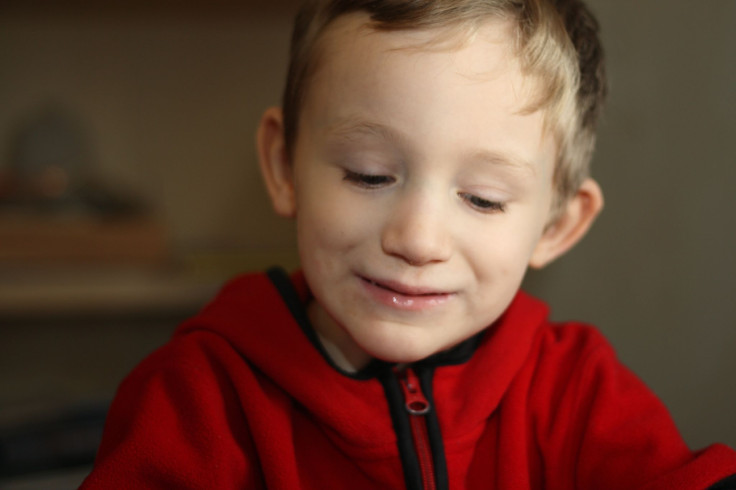Asperger's Syndrome And Autism Are 'Biologically Distinct,' According To New Brain Study [VIDEO]

Although now classified by the American Psychiatric Association (APA) as part of the autism spectrum, Asperger's syndrome manifests with distinct patterns of brain connectivity in children, suggesting biological differences between the two conditions.
Neurologists at Boston Children's Hospital studied more than 463 children with autism spectrum disorder, with whom they compared 571 children with normative cognitive development. They used electroencephalography recordings to measure neuronal signaling between disparate brain areas in the children, who ranged in age from one to 18 years old.
"We looked at a group of 26 children with Asperger's, to see whether measures of brain connectivity would indicate they're part of autism group, or they stood separately," lead investigator Frank Duffy told reporters.
On first glimpse, the recordings showed a similar picture of connectivity within the brains of children with both conditions, now under the rubric of "autism spectrum disorder" in the Diagnostic and Statistical Manual, Fifth Edition (DSM-V) published by the APA. In both groups, connections appeared weaker than other children in an area of the brain associated with language, the arcuate fasciculus of the left hemisphere.
But researchers then noticed differences in connectivity within other parts of the brain's left hemisphere. Connections between several regions were stronger in children with Asperger's than in other children, including those with autism and those without either diagnosis.
Autism spectrum disorder is a neurodevelopmental disorder characterized by an impaired ability to commute, including facility with language and social skills. The chronic condition often manifests with a rigidity of interests and the repetitive behaviors also associated with obsessive compulsive disorder, and ancillary symptoms may also involve hyperactivity, attention deficit disorder, mood disorder, gastrointestinal problems, and sensory integration disorders.
Although other researchers say more research is needed, Duffy told reporters that the biological differences carry important implications for the treatment of people with autism spectrum disorder. While both conditions within the disorder manifest as problems within the human social sphere, stronger left-hemisphere brain connectivity may underlie uniqueness among people with Asperger's syndrome, he said.
"It's essential to separate these two groups, because they need different education and training and opportunity," Duffy said.
The APA reclassified Asperger's syndrome as part of the newly named "autism spectrum disorder" in May with the publication of the new DSM-V. Below is a video from PBS describing the loneliness experienced by many with Asperger's syndrome:
Source: Duffy FH, Heidelise A. A Stable Pattern Of EEG Spectral Coherence Distinguishes Children With Autism From Neuro-Typical Controls — A Large Case Control Study. BMC Medicine. 2013.



























